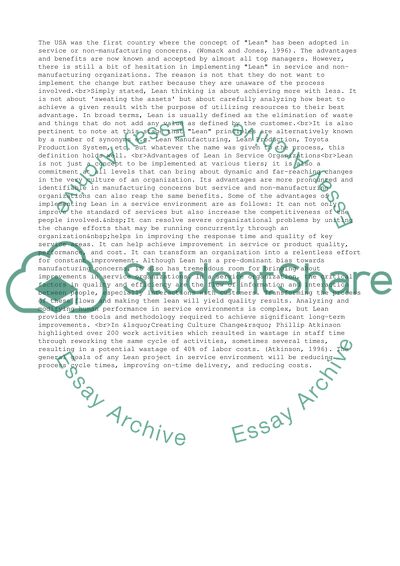Cite this document
(The Techniques and Tools of Lean Term Paper Example | Topics and Well Written Essays - 2500 words, n.d.)
The Techniques and Tools of Lean Term Paper Example | Topics and Well Written Essays - 2500 words. Retrieved from https://studentshare.org/management/1513699-implenting-lean
The Techniques and Tools of Lean Term Paper Example | Topics and Well Written Essays - 2500 words. Retrieved from https://studentshare.org/management/1513699-implenting-lean
(The Techniques and Tools of Lean Term Paper Example | Topics and Well Written Essays - 2500 Words)
The Techniques and Tools of Lean Term Paper Example | Topics and Well Written Essays - 2500 Words. https://studentshare.org/management/1513699-implenting-lean.
The Techniques and Tools of Lean Term Paper Example | Topics and Well Written Essays - 2500 Words. https://studentshare.org/management/1513699-implenting-lean.
“The Techniques and Tools of Lean Term Paper Example | Topics and Well Written Essays - 2500 Words”, n.d. https://studentshare.org/management/1513699-implenting-lean.


